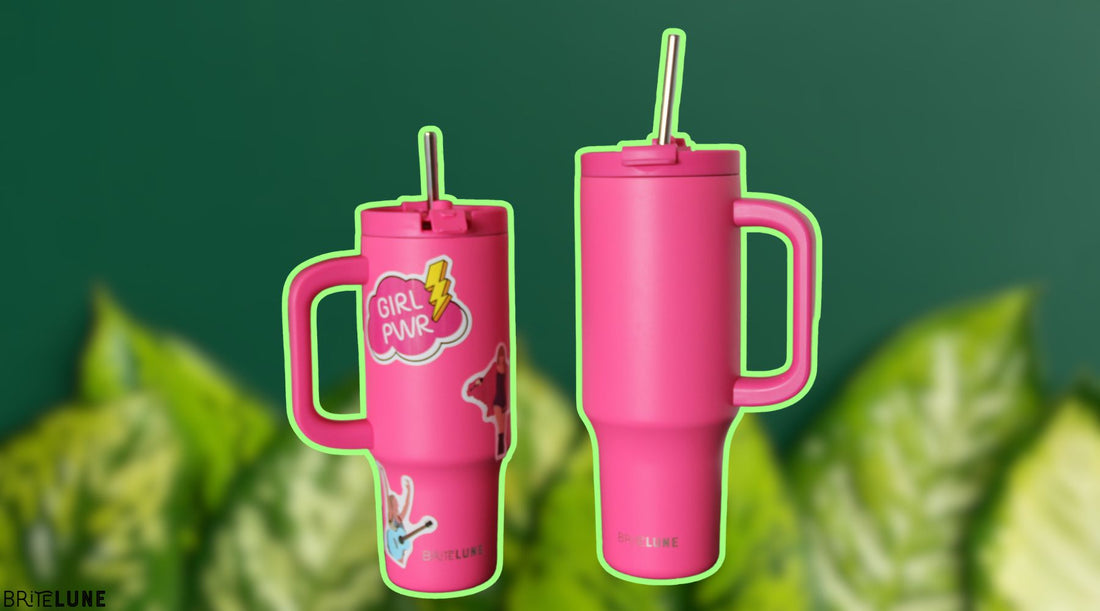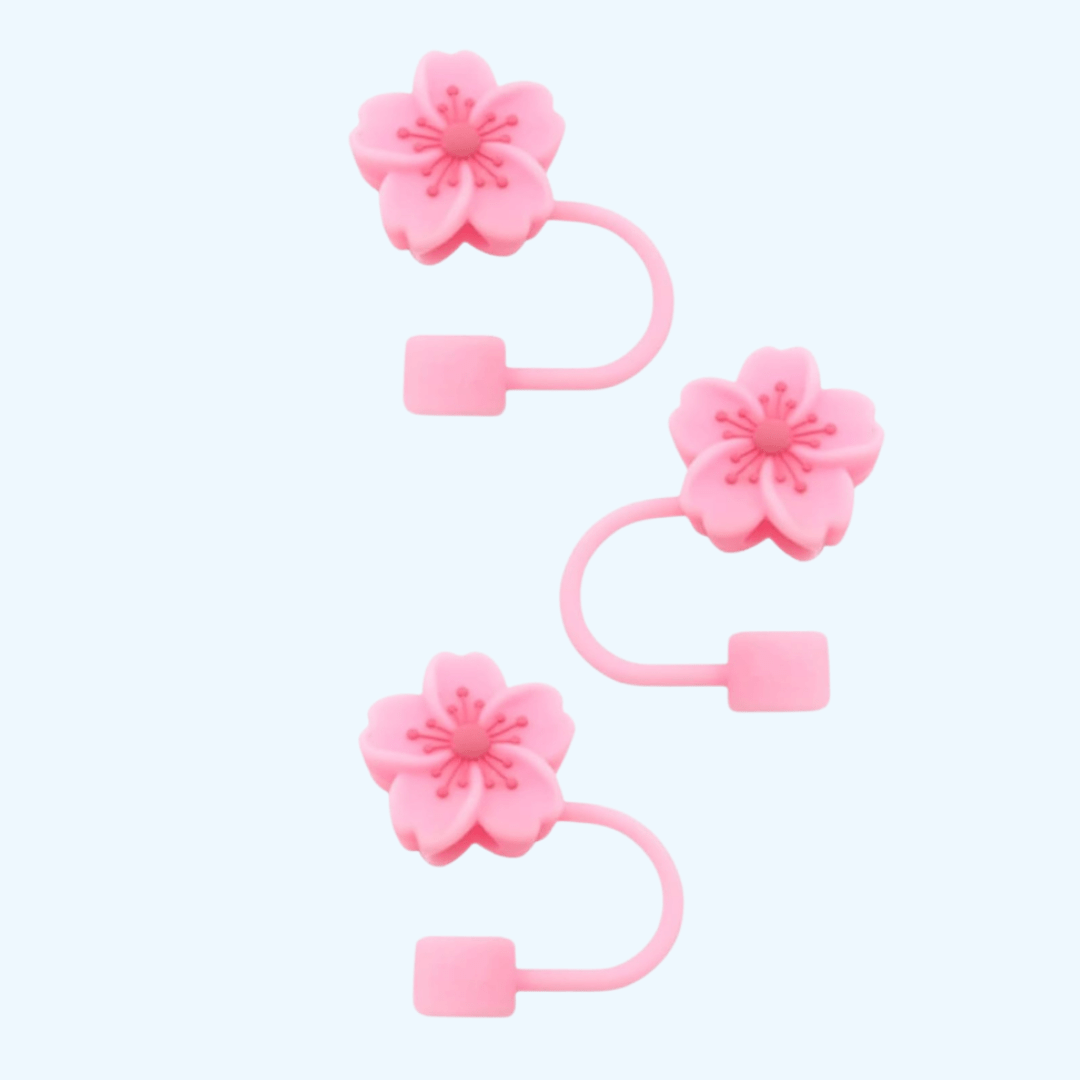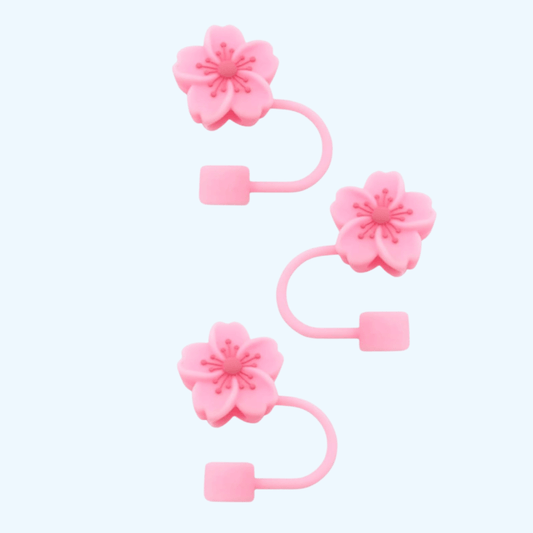
Do Metal Straws Help the Environment? What to Know
Share
With growing concerns over plastic pollution, more and more people are turning to metal straws as an eco-friendly alternative to their plastic counterparts. But are metal straws really better for the environment? Do they live up to the hype as sustainable products? In this post, we will break down the real environmental impact of metal straws, explore their benefits, and help you decide whether they are the better choice for your sustainability efforts.
Do Metal Straws Actually Help the Environment?
Yes, metal straws do contribute positively to the environment—but they are not a perfect solution on their own. Their real impact depends on how often they’re used, how long they last, and how they’re disposed of when they reach the end of their life. Below, we’ll discuss how metal straws help reduce plastic waste and the larger picture of sustainable living.

1. A Reusable Alternative to Single-Use Plastic Straws
Plastic straws are a major source of environmental pollution. According to the Environmental Protection Agency (EPA), over 500 million plastic straws are used in the United States every day. This single-use plastic ends up in landfills and oceans, where it can harm wildlife. Metal straws provide a reusable alternative. They are durable, long-lasting, and designed to be used hundreds, if not thousands, of times.
Switching to metal straws significantly reduces the need for single-use plastic, and by reusing them, you’re contributing to a less wasteful, sustainable lifestyle.
The Impact of Single-Use Plastics on the Environment
2. Durability and Longevity: A Key Benefit
One of the most important environmental benefits of metal straws is their durability. Unlike plastic straws, which are typically used for just a few minutes and then discarded, metal straws can be reused for years. This long lifespan ensures that fewer products need to be manufactured, reducing the overall demand for plastic production.
BriteLune’s Fleur 40oz Tumbler is an example of a product designed for long-term use and reusability, helping to further reduce plastic consumption. Tumblers like these, paired with reusable metal straws, reduce waste and contribute to a sustainable future.
Sustainable products: the key to a greener future
3. Recyclability and Reduced Waste
When you’ve used your metal straw for years, it will eventually need to be replaced. The good news is that metal straws are 100% recyclable. Unlike plastic, which may not always be recycled due to contamination, metal can be melted down and repurposed, contributing to a more sustainable production cycle.
Recycling metal straws reduces the need for new materials, making metal straws part of a circular economy. By using metal straws over plastic, you help reduce demand for the production of new plastics and promote the recycling of materials.
Why is it Important to Recycle Metal?
4. The Environmental Cost of Manufacturing
While metal straws have undeniable benefits, their manufacturing still has an environmental cost. Mining metals and producing stainless steel requires energy, and the manufacturing process results in carbon emissions. However, since metal straws last so long, the long-term environmental benefits outweigh the initial carbon cost.
Choosing metal straws made from recycled materials is one way to further reduce their environmental impact.
Reducing Your Carbon Footprint with Sustainable Hydration Habits
5. The Bigger Picture: Sustainability Beyond Straws
While metal straws are a great solution for reducing plastic waste, they are only part of a larger sustainability movement. Reusable drinkware, like stainless steel tumblers, also plays a crucial role in reducing plastic waste. A reusable tumbler, combined with a metal straw, eliminates the need for both plastic bottles and disposable straws.
BriteLune’s Fleur 40oz Tumbler is a prime example of a product that contributes to eco-friendly hydration. With its 24-hour cold retention and 12-hour hot retention, it helps you avoid using disposable plastic bottles, thus further minimizing your environmental footprint.
How Your Beverage Choices Can Fight Climate Change
How BriteLune’s Fleur 40oz Tumbler Complements Sustainability
BriteLune’s Fleur 40oz Tumbler is designed to help you reduce plastic waste while keeping your drinks at the perfect temperature. With its leakproof design, double-walled insulation, and stainless steel straw, this tumbler is a comprehensive solution to eco-friendly hydration.
By using a reusable tumbler like BriteLune’s Fleur 40oz Tumbler, paired with metal straws, you are making significant strides toward reducing your plastic consumption and living a more sustainable lifestyle.
Shop Now: Stay Hydrated, Stay Green
20% off your first order with Code: BRITE20
Do Metal Straws Really Help the Environment?
In conclusion, metal straws are indeed a better choice for the environment than plastic straws. They contribute to reducing plastic waste, are reusable, recyclable, and are much more durable. However, to maximize their environmental benefits, they should be part of a broader effort to reduce plastic consumption in all areas of life. BriteLune’s Fleur 40oz Tumbler offers an excellent way to go beyond straws by addressing the plastic bottle problem, making it easier to live sustainably and reduce overall waste.
Eco-Friendly Resources for Sustainable Living
Paper, Silicone, Plastic, or Stainless Steel: Which Straw Is Truly Best? – Compare the environmental impact of various eco-friendly straw materials.
How Metal Straws Benefit the Environment: Key Reasons to Switch – Learn why switching to metal straws can significantly reduce plastic waste.
Resources on Reducing Plastic Waste
- How Reusable Tumblers Help Reduce Plastic Consumption – Learn how reusable tumblers significantly reduce plastic bottle use.
- The Environmental Benefits of Stainless Steel Water Bottles by Nanobot Solutions – Explore the eco-friendly advantages of using stainless steel over plastic drinkware.
- Recycling and Reusing Scrap Metal– Understand the benefits of recycling metal and how it contributes to sustainability.




